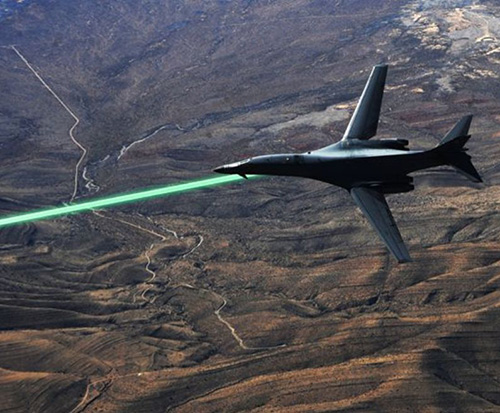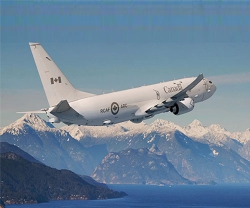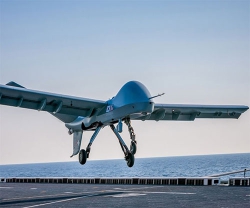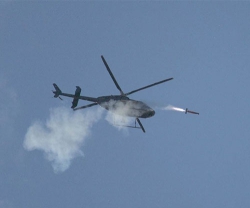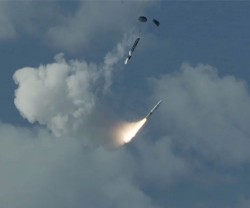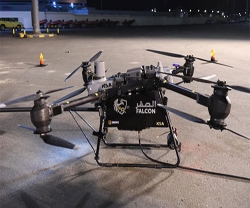The U.S. Air Force is on track to test its first airborne laser weapons by 2021. Lasers attached to fighter jets, drones, or even cargo planes will attack targets on the ground and in the air at the speed of light, making the assaults nearly impossible for enemy forces to dodge, Popular Mechanics reported.
The Air Force has long had an interest in making laser weapons a reality. Lasers are ideal weapons for combat aircraft - in theory, anyhow - because the number of “shots” is limited only by the weapon’s power supply. Furthermore, each laser “shot” is relatively inexpensive compared to expensive missiles and other precision-guided munitions. Lasers also move at the speed of light, or 186,000 miles per second, making them impossible to evade.
Unfortunately, lasers are difficult to develop, particularly if you're trying to build compact weapons with enough power to damage or destroy enemy objects. But now, according to Warrior Maven, the Air Force Research Lab thinks it can put laser weapons on aircraft starting in 2021. The service will start with larger C-130 and C-17 aircraft at first, then fighter-sized aircraft such as the F-15 and F-35 once technology inevitably shrinks the size of the weapon.
Indeed, new tech is already driving the laser weapon revolution. Older laser technology, including COIL (chemical oxygen-iodine) chemical-based laser weapons, could drive megawatt-class beams, but they were large, cumbersome, and relied upon potentially dangerous chemicals to work. Newer liquid, solid state and semiconductor lasers are small enough that engineers are confident they will eventually find a home on aircraft.
Once airborne, lasers will equip a variety of planes. The obvious and most sci-fi application is an air-to-air laser weapon. It's probably and lasers will replace internal guns on fighter jets one day, and depending on the limits of their power output, they could also replace short-range missiles.
Lasers could go after ground targets, too, particularly combustible ones such as the fuel tanks of ballistic missiles and enemy fuel dumps. U.S. Special Operations anticipates placing lasers on AC-130 gunships to augment their current arsenals of heavy machine guns and light cannons.
Laser weapons will become defensive tools for aircraft such as aerial refueling tankers, AWACS airborne early warning and control aircraft, cargo aircraft, and bombers. A laser could shoot down (or at least blind) incoming air to air missiles, increasing survivability in conflicts with countries like Russia or China. China in particular is known to be developing the PL-XX very long range air-to-air missile designed to go after U.S. support aircraft such as the E-3 AWACs and KC-46A Pegasus tanker.

